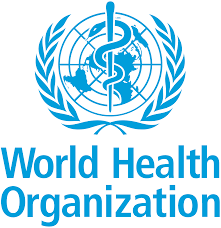Molecular Docking to Clean Up Pollution
Quantum simulation and quantum machine learning solution to accurately model the chemical process of molecular docking involved in removing organic pollutants in water.
OWNER

STATUS
Phase 2 – Full Proposal
QUANTUM APPROACH
Quantum Machine Learning
Quantum Simulation
SDGs
CONTRIBUTORS
Quandela
QunaSys
World Health Organization (WHO)
ORIRGIN OF CONTRIIBUTORS




CONTEXT/IMPACT:
Chemical pollutants in soil and wastewater pose a significant and long-lasting environmental and sanitary concern, with their degradation in environmental remediation representing a critical societal challenge. Among various pollutants, phenol stands out as a significant chemical contaminant present in wastewater, arising from petrochemical and pharmaceutical industries. WHO classifies many variants of phenol molecules as dangerous in drinking water. The impact of organic pollutants like phenol is widespread, but certain populations and regions are more vulnerable due to socio-economic factors, geographical location, and industrial activities. Current methods of pollutant removal and degradation – such as photo-Fenton, heterogeneous photocatalysis, electrochemical oxidation, membrane filtration and bioremediation – are often time-consuming, expensive, and not always effective, highlighting the need for more efficient and cost-effective solutions.
HOW COULD QUANTUM HELP:
Computational tools, such as molecular modeling, enzyme docking, and machine learning, can significantly accelerate the development of optimized treatment strategies. These methods enable researchers to simulate enzyme-substrate interactions and predict how microorganisms or catalysts interact with phenol, leading to more targeted engineering of enzymes or catalysts for enhanced degradation. Despite their advancements, many existing conventional approaches are constrained by their reliance on approximations and significant computational resources. Quantum computing could help to model the complexity of enzyme dynamics, quantum effects in catalysis, and large conformational spaces more efficiently. In particular, graph-based methods are promising to model enzyme-substrate interactions. Quantum computing, and specifically the Boson Sampling approach, could offer a way to address this complexity, in which single photons identify dense subgraphs. This approach is particularly well-suited for implementation on near-term photonic quantum computers. In addition, fermionic simulations could be leveraged to compute the binding energies of these docking sites. Quantum algorithms such as the Variational Quantum Eigensolver (VQE), are well-suited to modeling the electronic structure of molecular systems in near-term devices.




